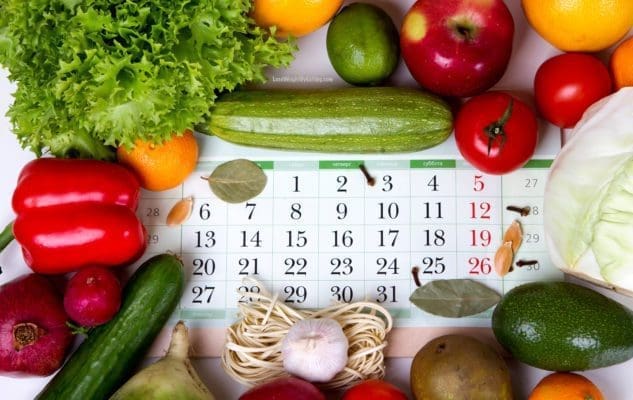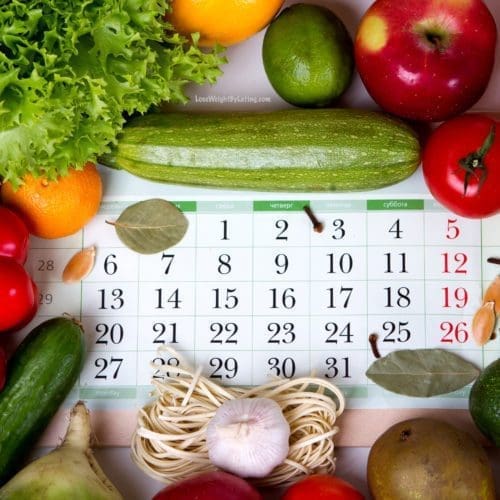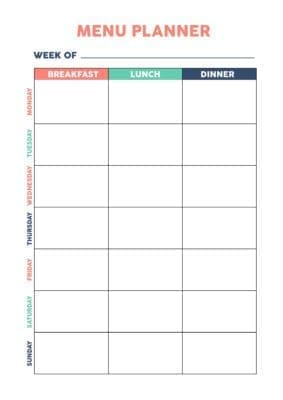Weight loss is a common goal for many people, and one of the most effective ways to achieve this is by maintaining a low calorie diet.
A low calorie diet involves reducing your daily caloric intake, which can help you lose weight and improve your overall health.
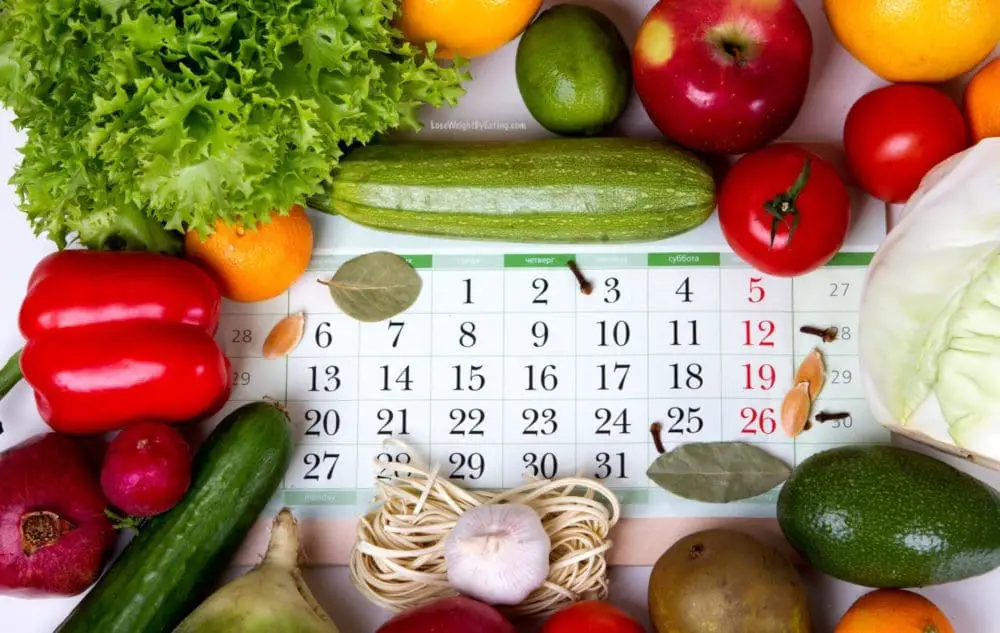

However, sticking to a low calorie diet can be challenging, especially for those who are used to eating large portions or indulging in high-calorie foods. In this article, I’ll share some simple tips on how to maintain a low calorie diet and achieve your weight loss goals.
Are you tired of crash diets and unsustainable weight loss plans? If so, a low calorie diet may be the solution you’re looking for. By making small changes to your daily eating habits, you can achieve long-term weight loss and improve your health.
What is a Low Calorie Diet?
A low calorie diet is a type of diet that involves reducing your daily caloric intake to promote weight loss.
Depending on your age, gender, weight, and activity level, your daily caloric intake may range from 1200-2000 calories.
To lose weight, you need to create a calorie deficit by consuming fewer calories than your body burns each day. This deficit can be achieved by reducing your portion sizes, choosing low calorie foods, and increasing your physical activity level.
Tips for Maintaining a Low Calorie Diet
- Plan Your Meals: Planning your meals in advance can help you stay on track with your low calorie diet. Choose foods that are low in calories but high in nutrients, such as fruits, vegetables, whole grains, and lean proteins. You can use online meal planners or mobile apps to help you plan your meals and track your calorie intake.
- Drink Plenty of Water: Drinking water can help you feel full and reduce your calorie intake. Aim to drink at least 8-10 glasses of water per day, and avoid sugary drinks or high-calorie beverages.
- Use Smaller Plates: Using smaller plates can help you eat smaller portions and reduce your calorie intake. When you eat from a smaller plate, it tricks your brain into thinking you’re eating more than you actually are.
- Practice Mindful Eating: Mindful eating involves paying attention to your food and eating slowly. This can help you enjoy your food more and prevent overeating.
- Keep Healthy Snacks on Hand: Keeping healthy snacks on hand, such as fresh fruit, nuts, or raw vegetables, can help you avoid unhealthy snacking and stay on track with your low calorie diet.
Benefits of Maintaining a Low Calorie Diet
- Weight Loss: The most obvious benefit of a low calorie diet is weight loss. By reducing your daily caloric intake, you can create a calorie deficit and lose weight over time.
- Improved Health: Maintaining a low calorie diet can also improve your overall health. Studies have shown that a low calorie diet can reduce the risk of chronic diseases such as heart disease, diabetes, and cancer.
- Increased Energy: By choosing nutrient-dense foods and reducing your intake of high-calorie foods, you can increase your energy levels and improve your overall well-being.
How Many Calories Should I Eat Per Day?
The number of calories you should eat per day depends on several factors, including your age, gender, weight, height, and activity level. The general guideline for weight loss is to create a calorie deficit of 500-1000 calories per day, which can lead to a weight loss of 1-2 pounds per week. However, it’s important to ensure that you’re still consuming enough calories to meet your nutritional needs and support your energy levels.
To determine how many calories you should eat per day, you can use online calorie calculators or consult with a registered dietitian. These professionals can help you calculate your daily caloric needs based on your individual factors and goals.
It’s important to note that drastically reducing your caloric intake can have negative effects on your health, including slowed metabolism, nutrient deficiencies, and decreased energy levels. Therefore, it’s important to focus on creating a moderate calorie deficit and incorporating nutrient-dense foods into your diet.
Determining your daily caloric needs is an important step in maintaining a low calorie diet. By consulting with a professional and focusing on creating a moderate calorie deficit, you can achieve your weight loss goals while still meeting your nutritional needs and maintaining your overall health.
Low Calorie Diet Plan
If you’re looking to maintain a low calorie diet, it can be helpful to create a meal plan that focuses on low calorie, nutrient-dense foods. Here’s an example of a low calorie diet plan for a day:
Breakfast:
- Oatmeal with almond milk, topped with berries and a sprinkle of cinnamon (around 250 calories)
Snack:
- Apple slices with almond butter (around 150 calories)
Lunch:
- Grilled chicken breast with a side salad of mixed greens, tomatoes, cucumbers, and balsamic vinaigrette (around 300 calories)
Snack:
- Carrot sticks with hummus (around 100 calories)
Dinner:
- Baked salmon with roasted Brussels sprouts and sweet potato wedges (around 400 calories)
Snack:
- Greek yogurt with a drizzle of honey and sliced almonds (around 150 calories)
This meal plan totals around 1350 calories, which is within the range of a low calorie diet for many people. However, it’s important to note that everyone’s caloric needs are different, so you may need to adjust the portion sizes or add additional snacks to meet your individual needs.
When creating a low calorie diet plan, it’s important to focus on foods that are low in calories but high in nutrients, such as fruits, vegetables, whole grains, lean proteins, and healthy fats. Avoid processed and high-calorie foods, and aim to eat a variety of colors and textures to ensure that you’re getting a range of nutrients.
Check out this List for Healthy Fast Food Meals for low calorie eating on the go. And these Top 10 Low Calorie Snacks.
4 Low Calorie Diet Meal Plans
To help get you started on your low calorie diet, I have created these 4 meal planners. They all come with a (filled out) meal planner and links to all of the recipes.
These are completely free and work for all dietary needs, plus there is a blank meal planner at the bottom should you want to create your own.
4 FREE Low Calorie Meal Planners
Ingredients
Low Calorie (General) Meal Planner:
- PRINTABLE PLANNER click here
- Healthy Protein Waffles Breakfast
- Weight Loss Meal Replacement Smoothie Breakfast
- "No Cook" Turkey Spinach Wraps Lunch
- Skinny Copycat Burrito Bowls Lunch
- Chicken Piccata Pasta Dinner
- Healthy Green Enchiladas with Chicken Dinner
- Lo Mein with Beef and Broccoli Dinner
- Low Calorie Szechuan Chicken Recipe Dinner
- Low Calorie Philly Cheesesteak Sandwiches Dinner
- Spicy Chicken Soba Noodle Salad Dinner
- Healthy Spaghetti Recipe with Hidden Veggie Bolognese Sauce Dinner
Low Calorie Meal Prep Meal Planner:
- PRINTABLE PLANNER click here
- Low Calorie Breakfast Burritos Breakfast
- Low Calorie Overnight Oats Breakfast
- Chicken and Quinoa Tabbouleh Salad Lunch
- Mexican Chicken Protein Meal Prep Bowls Lunch
- Teriyaki Turkey Meatball Meal Prep Boxes Dinner
- Meal Prep Taco Salad Dinner
- Skinny Shepherd’s Pie Casserole Dinner
- Meal Prep Beef Stew in an Instant Pot Dinner
- Greek Chicken Meal Prep Boxes Dinner
- Chicken Quinoa Meal Prep Boxes Dinner
- Creamy Chicken Stew Dinner
Low Calorie Vegan Meal Planner:
- PRINTABLE PLANNER click here
- Weight Loss Breakfast Millet Breakfast
- Protein Packed Tofu Scramble Breakfast
- Vegan Buddha Bowls Lunch
- Vegan Rice Bowls Lunch
- Healthy Tortellini Soup Recipes Dinner
- Thai Curry Lentil Soup Dinner
- Healthy Pesto Avocado Pasta Dinner
- Low Calorie Portobello Mushroom Burgers Dinner
- Hearty Fat Burning Cabbage Soup Dinner
- Healthy and Filling Kale Salad Dinner
- Vegan Stuffed Butternut Squash Recipe Dinner
Low Calorie Gluten-Free Planner:
- PRINTABLE PLANNER click here
- Fat Burning Breakfast Tacos Breakfast
- 5 Egg "Muffin" Recipes Breakfast
- Greek Salad with Grilled Chicken Lunch
- Healthy Recipe for Chickpea Salad Lunch
- Albondigas Soup Dinner
- Chicken Stir Fry Dinner
- Skinny Sheet Pan Nachos Recipe Dinner
- Portobello Mushroom Pizzas Dinner
- Healthy Fish Taco Bowl Dinner
- Healthy Chinese Sesame Chicken Recipe Dinner
- One Pan Baked Italian Sausage Dinner Dinner
Instructions
- Choose the category (Low Calorie/Meal Prep/Vegan/Gluten-Free) that best suits you.
- Click in the PRINTABLE PLANNER to print the prepared meal plan for you.
- Click on each recipe and print out the recipe card.
- ALTERNATIVE: See above for a blank meal planner and pick and choose the recipes that sound the best to you.
Nutrition
Final Thoughts on Maintaining Low Calorie Diets
Maintaining a low calorie diet can be challenging, but with the right plan and mindset. It’s a simple and effective way to achieve your weight loss goals and improve your overall health.
By focusing on nutrient-dense, low calorie foods and creating a moderate calorie deficit. You can achieve sustainable weight loss and maintain your overall well-being.
Remember to consult with a professional to determine your individual caloric needs and make adjustments as necessary to ensure that you’re meeting your nutritional needs.
What to Read Next:
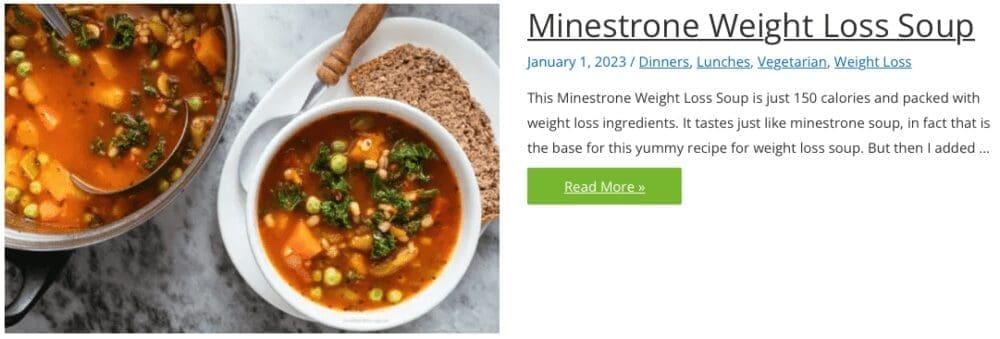

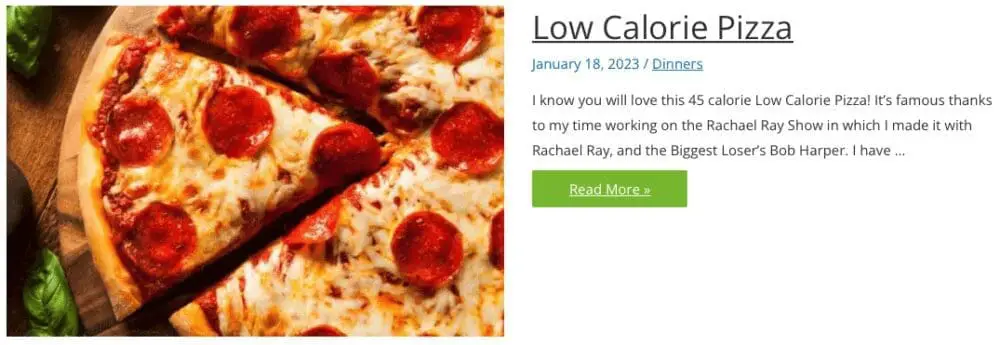

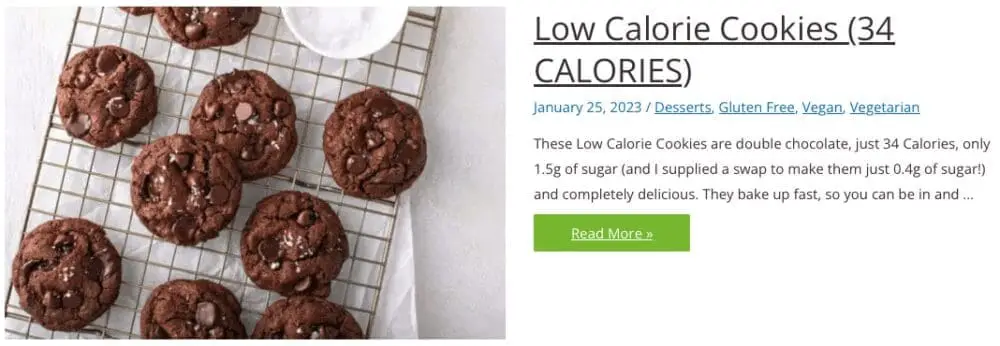

Lose Weight By Eating Cookbooks


Share this Weight Loss Article:


